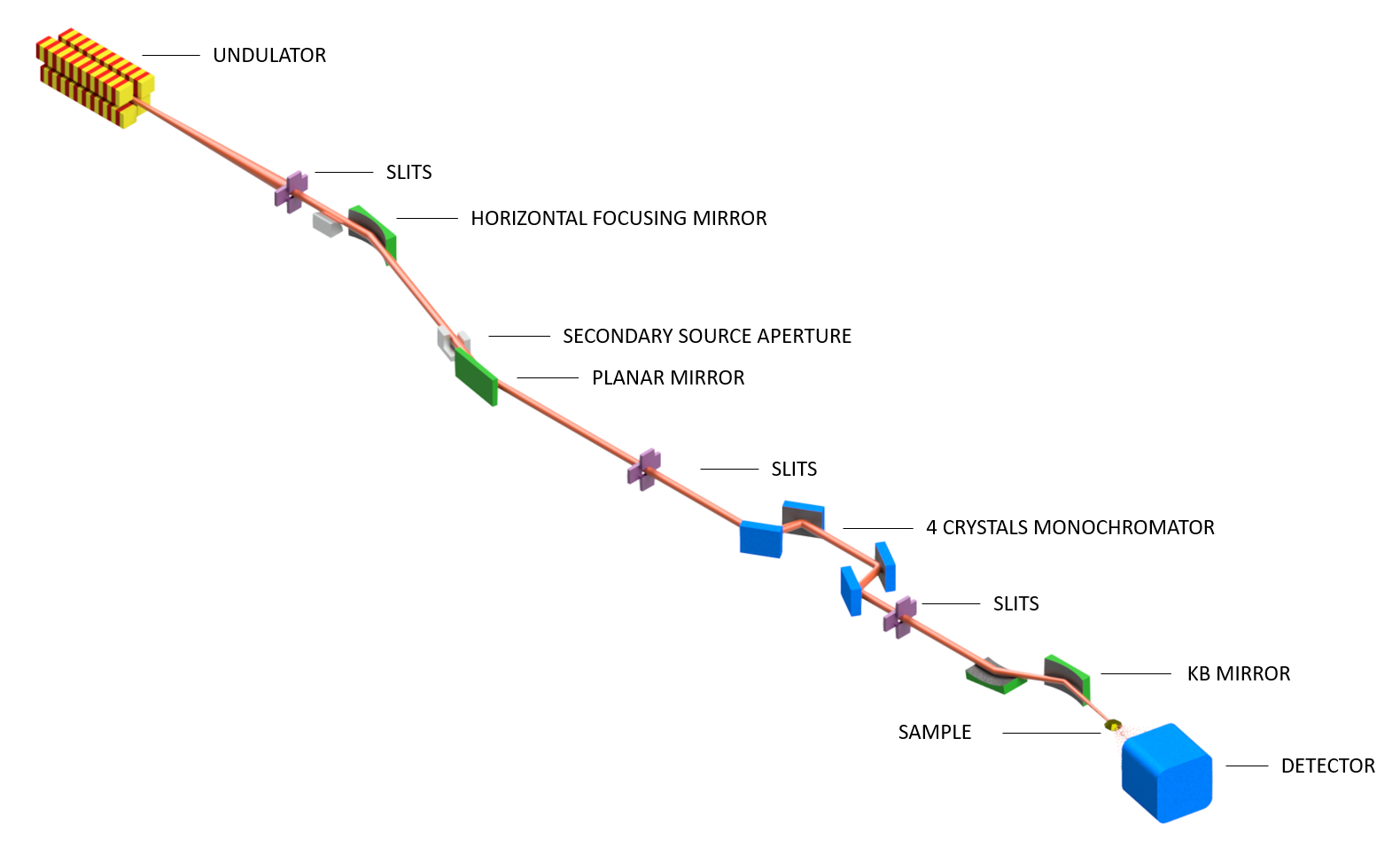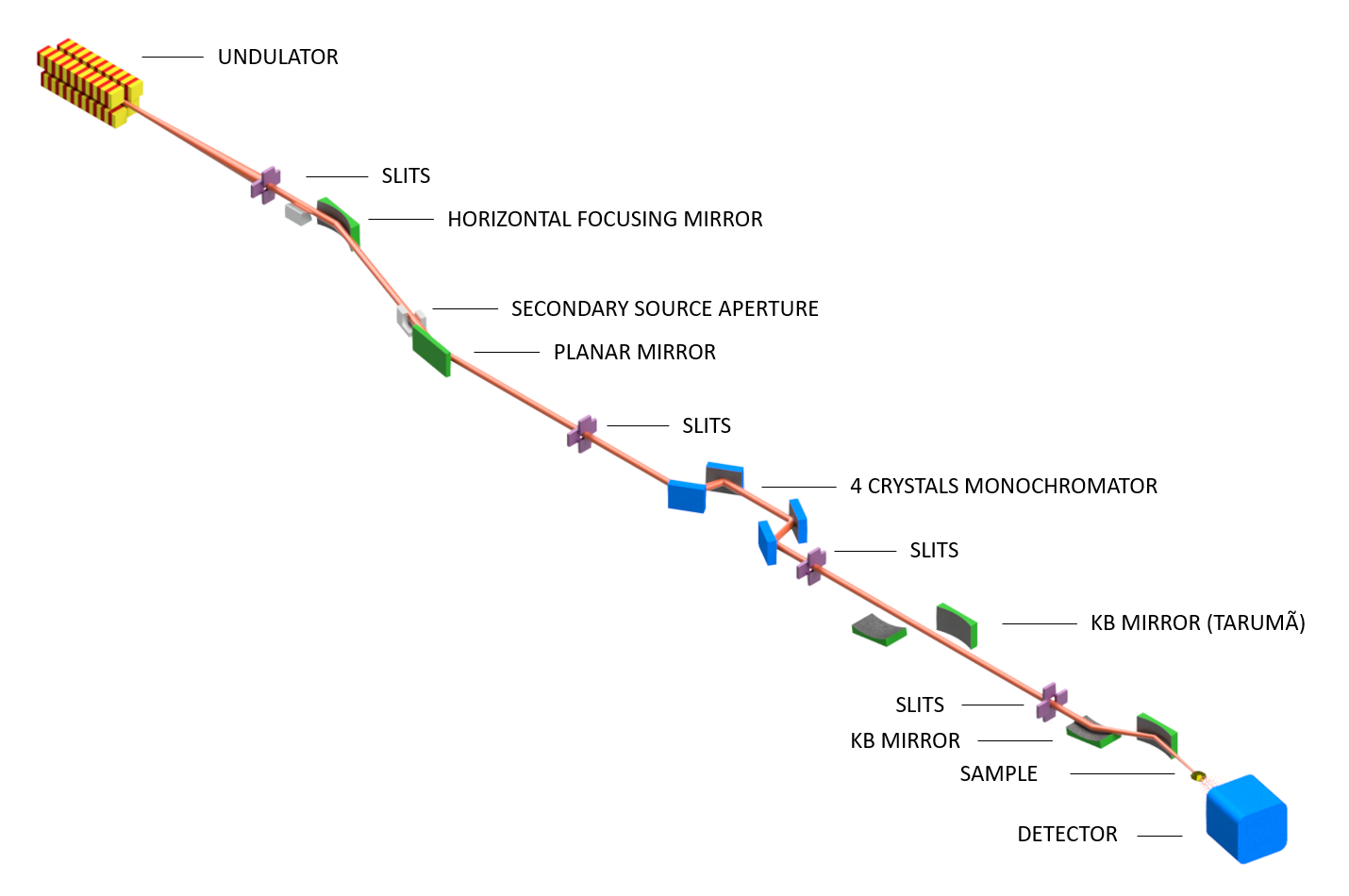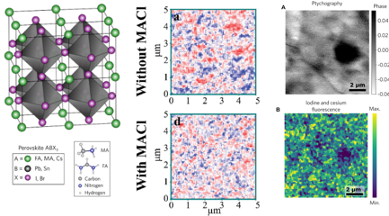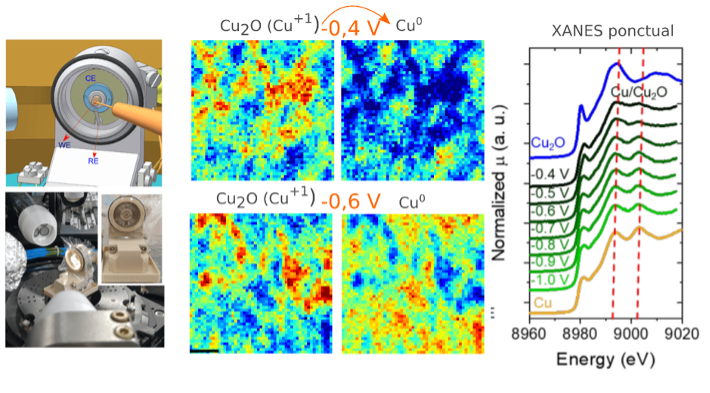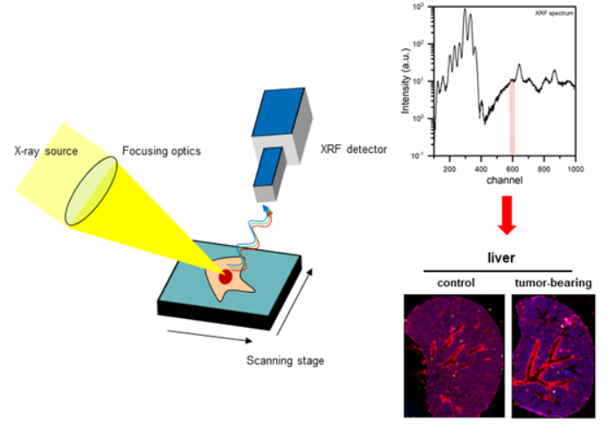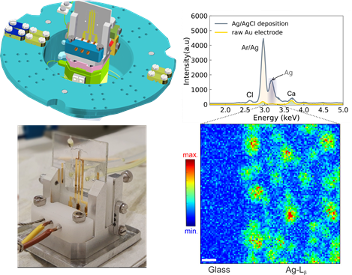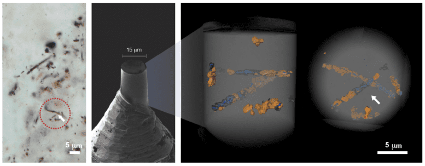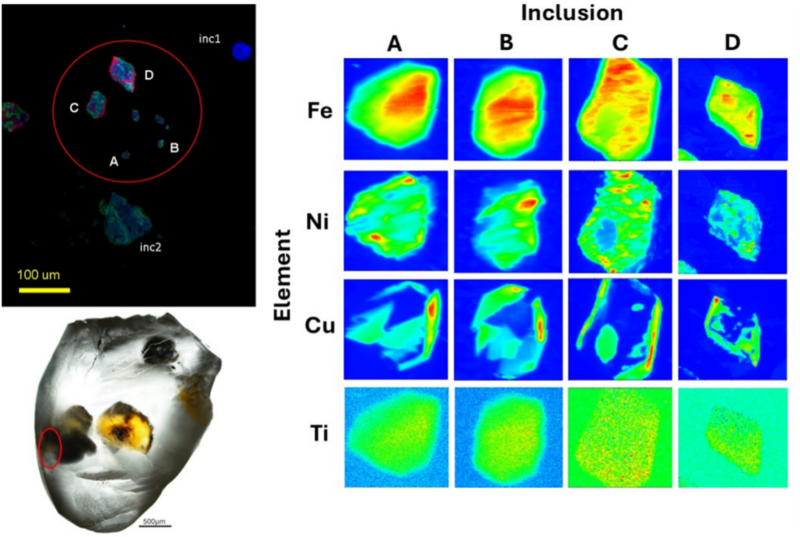PHOTONICS: LUMINESCENT MATERIALS
The development of photonic sources has driven various technological sectors, ranging from medicine—where advanced imaging and therapeutic techniques, such as theranostics, are employed—to agriculture, with the use of optical markers to understand plant nutrition processes. In this context, luminescent materials play a crucial role in the advancement of optoelectronic devices, data transmission and storage, lighting sources, radiation detectors, imaging systems, and light-emitting nanoparticles that can be functionalized for specific applications.
At the Carnaúba beamline, in addition to a multi-technique approach, optical processes stimulated by X-rays are investigated using XEOL combined with an X-ray nanoprobe, featuring submicron- and nanometer-scale beam sizes. This combination enables the exploration of aspects such as chemical speciation, radiation hardness, and the spatial distribution of emitting centers, with high spectral and spatial resolution. Furthermore, it opens new opportunities for the development and study of advanced photonic sources applicable to X-ray imaging devices, solar cells, energy storage materials, and more. The technique has also been employed in the investigation of natural and historical materials, aiding in the identification of the composition and chemical state of optically active centers.

TEIXEIRA, VERÔNICA C.; SILVA, JOELSON C. ; SILVA, FRANCISCO C.M. ; SZOSTAK, RODRIGO ; GUAITA, MARIA GABRIELLA D. ; KOFUKUDA, LEONARDO M. ; PICCINO NETO, ANTONIO C. ; SOTERO, ANNA P.S. ; NECKEL, ITAMAR T. ; PÉREZ, CARLOS A. ; GALANTE, DOUGLAS ; TOLENTINO, HÉLIO C.N. . X-ray excited optical luminescence at Carnaúba, the Sirius X-ray nanoprobe beamline. Optical Materials: X, v. 20, p. 100278, 2023.
KANG, MIKYUNG ; QUINTANA, JEREMY ; HU, HUIYU ; TEIXEIRA, VERÔNICA C. ; OLBERG, SVEN ; BANLA, LEOU ISMAEL ; RODRIGUEZ, VICTORIA ; HWANG, WILLIAM L. ; SCHUEMANN, JAN ; PARANGI, SAREH ; WEISSLEDER, RALPH ; MILLER, MILES A. . Sustained and Localized Drug Depot Release using Radiation¿Activated Scintillating Nanoparticles. ADVANCED MATERIALS, v. 231232, p. 1-15, 2024.
MACHADO, RAPHAEL C.L. ; FONSECA, KARINA T. ; TEIXEIRA, VERÔNICA C. ; CATALANI, LUIZ HENRIQUE ; RODRIGUES, LUCAS C.V. . Development of a Red Persistent Luminescent Composite: Electrospun Nanofiber Polymer Coating Prevents Emission Quenching by Water. Materials Today Communications, v. 35, p. 105965-9, 2023.

